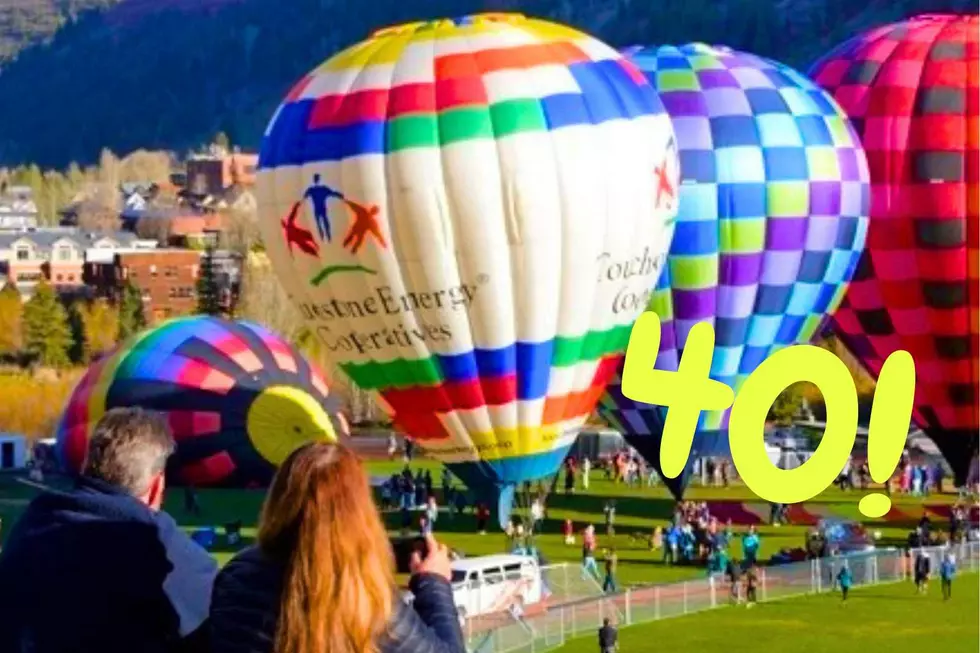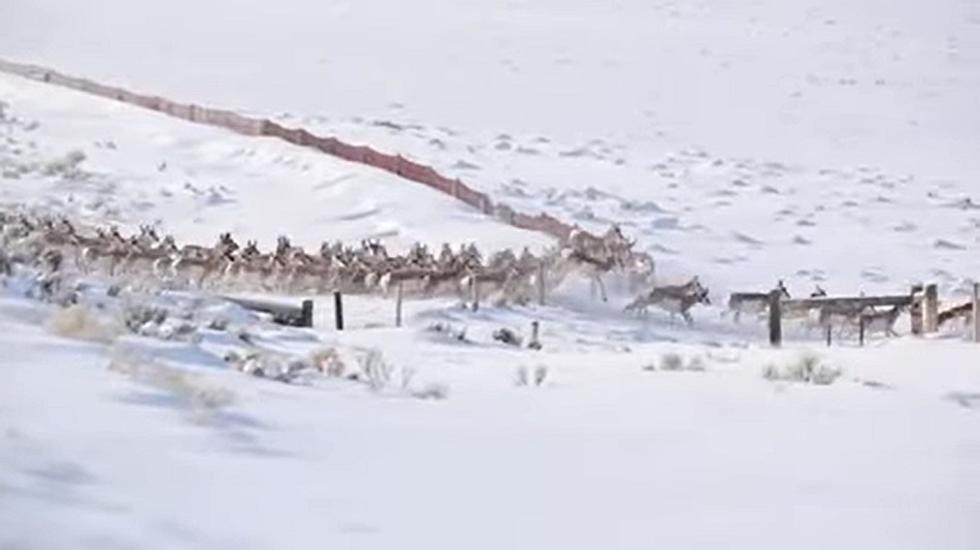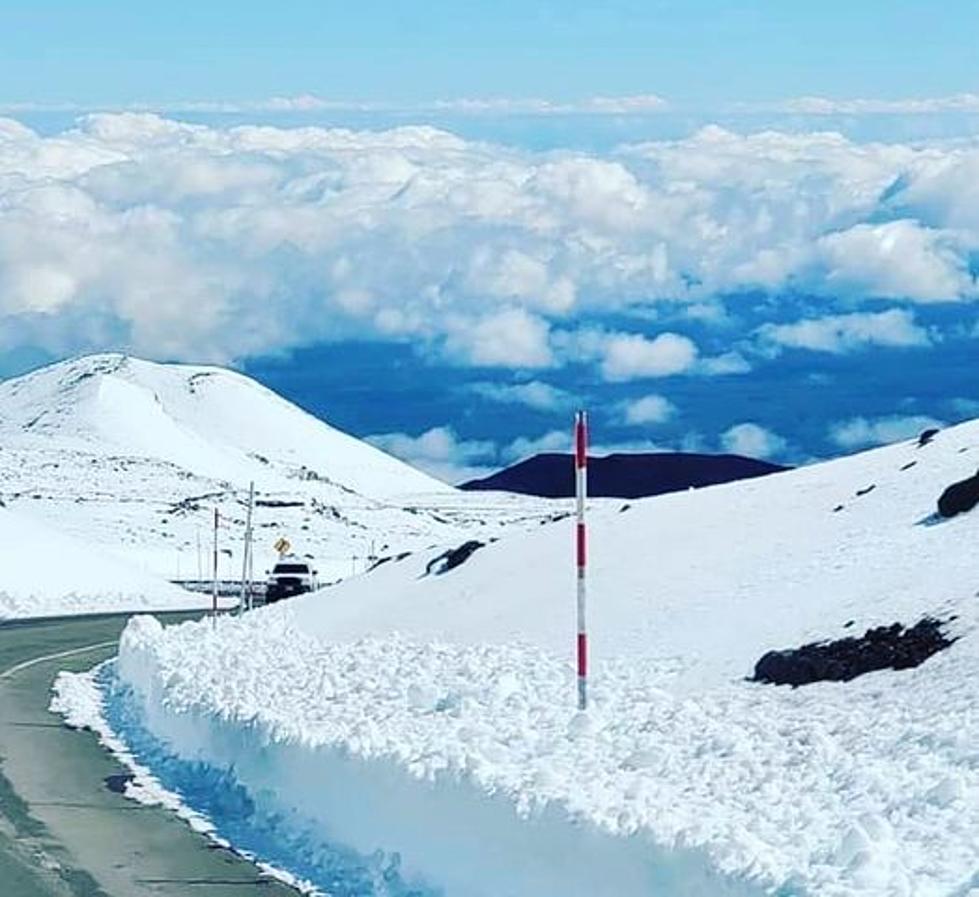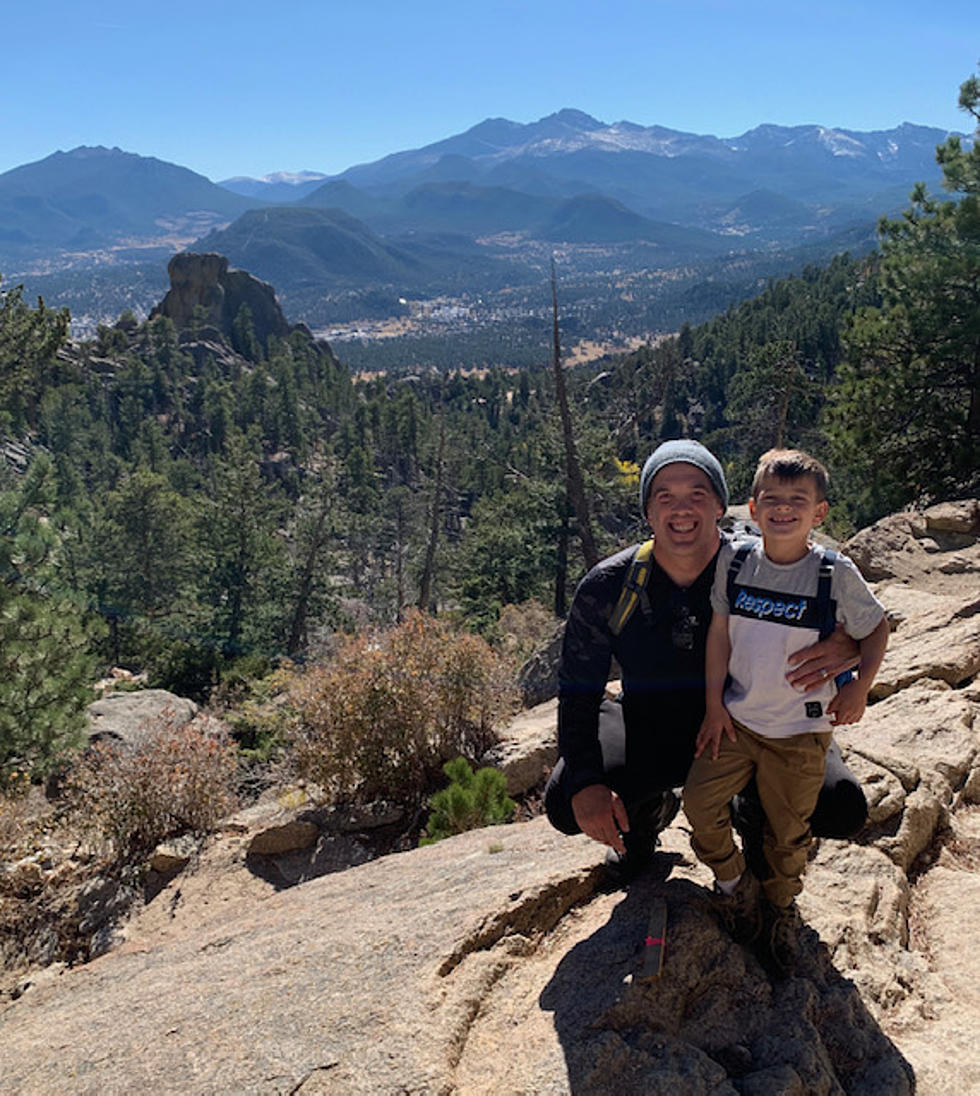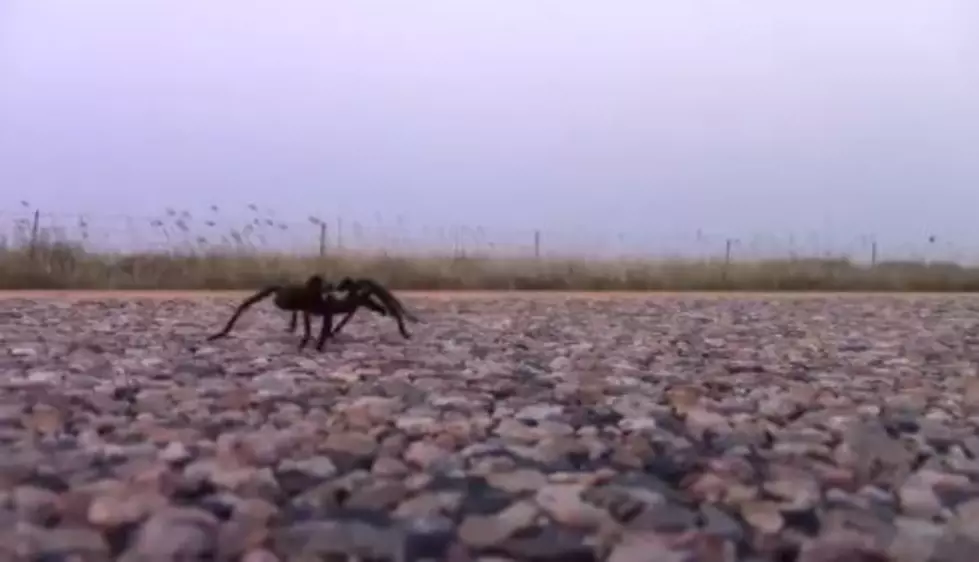
Tips For Spotting Tarantulas During Annual Colorado Migration
It's fall, which means the weather's getting colder, the leaves outside are changing color — and the tarantulas are coming out to play.
Every year around this time, tarantulas come out of hiding and move across Southeast Colorado in an event known as the Tarantula Migration. Officials say there is increased tourism over the migration in 2020.
Although referred to as a migration, the Tarantula Migration means more than tarantulas simply moving from one location to another. To the males of the species, this is prime mating season.
Retired Colorado State University entomologist Whitney Cranshaw told The Denver Post that the creatures' migrating/mating season starts in late August and peaks around mid September. During this time, the males of the species that have reached adulthood (around eight years old) come out of their burrows in search for females to mate.
Tarantulas might look like scary creatures - but they are harmless due to their non-aggressive nature, and they attract tons of people who are interested in observing the annual migration.
Here are some tips from Visit La Junta to consider before venturing out to see the Tarantula Migration,:
- The migration period begins in late August and ends during October
- Peak migration season occurs in mid-to-late September, making the month of September a great time to view the Tarantula Migration
- Tarantulas are typically the most active during late afternoon hours
- If you spot tarantula hawks, chances are you're near tarantula/tarantula migration territory
- Tarantulas do not carry venom that is dangerous to humans, so don't worry if you see one nearby
- Vogel Canyon, a recreation area in La Junta is often considered a popular site to observe the Tarantula Migration

11 Most Common Spiders in Colorado
More From Retro 102.5

